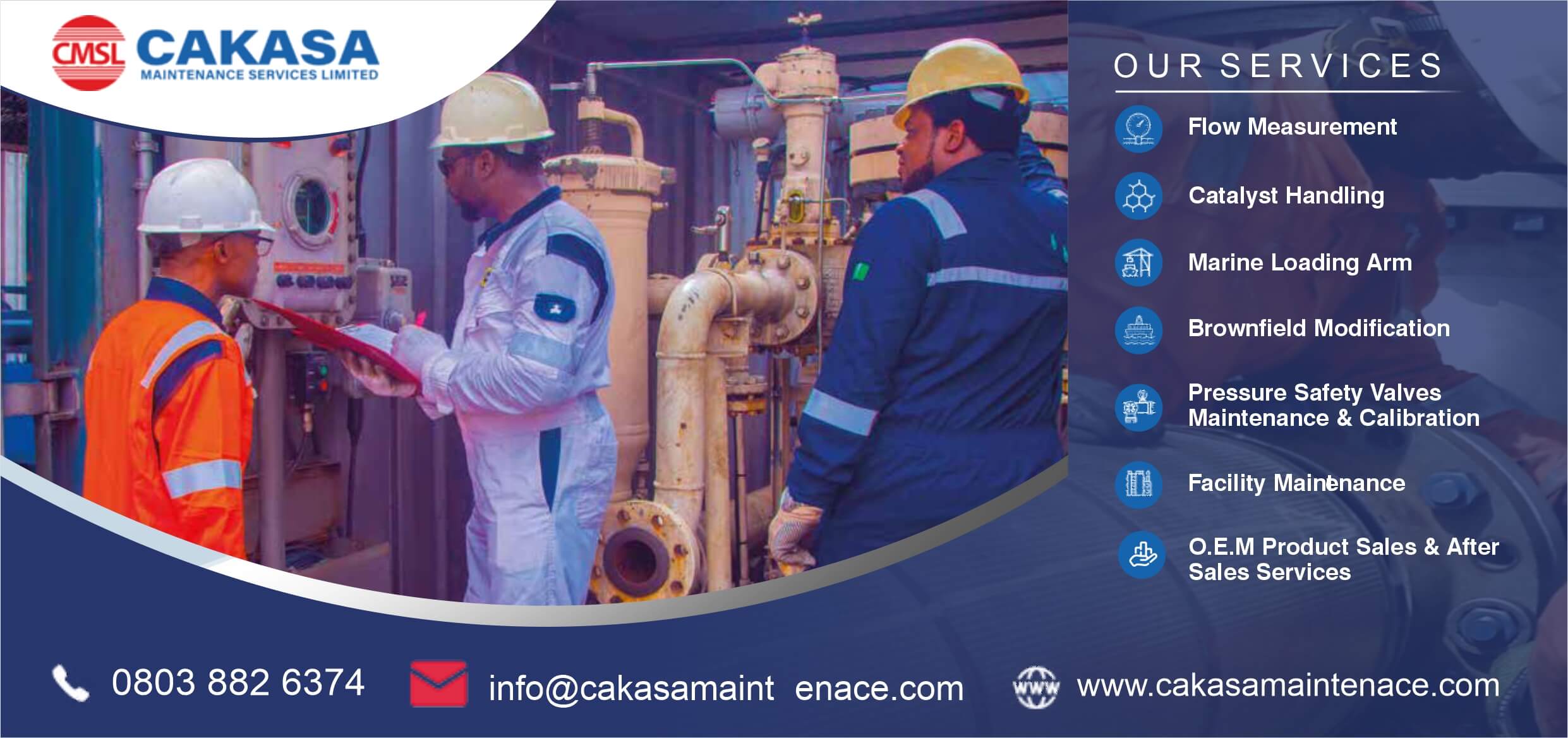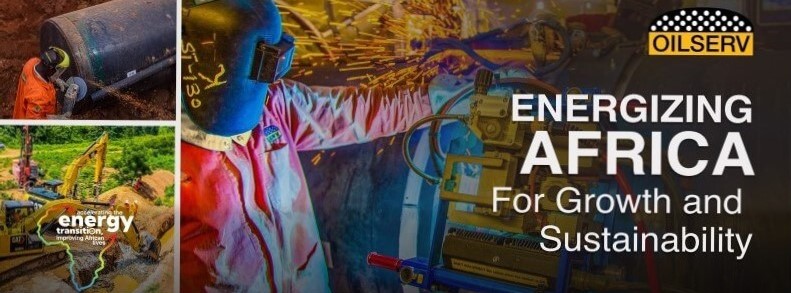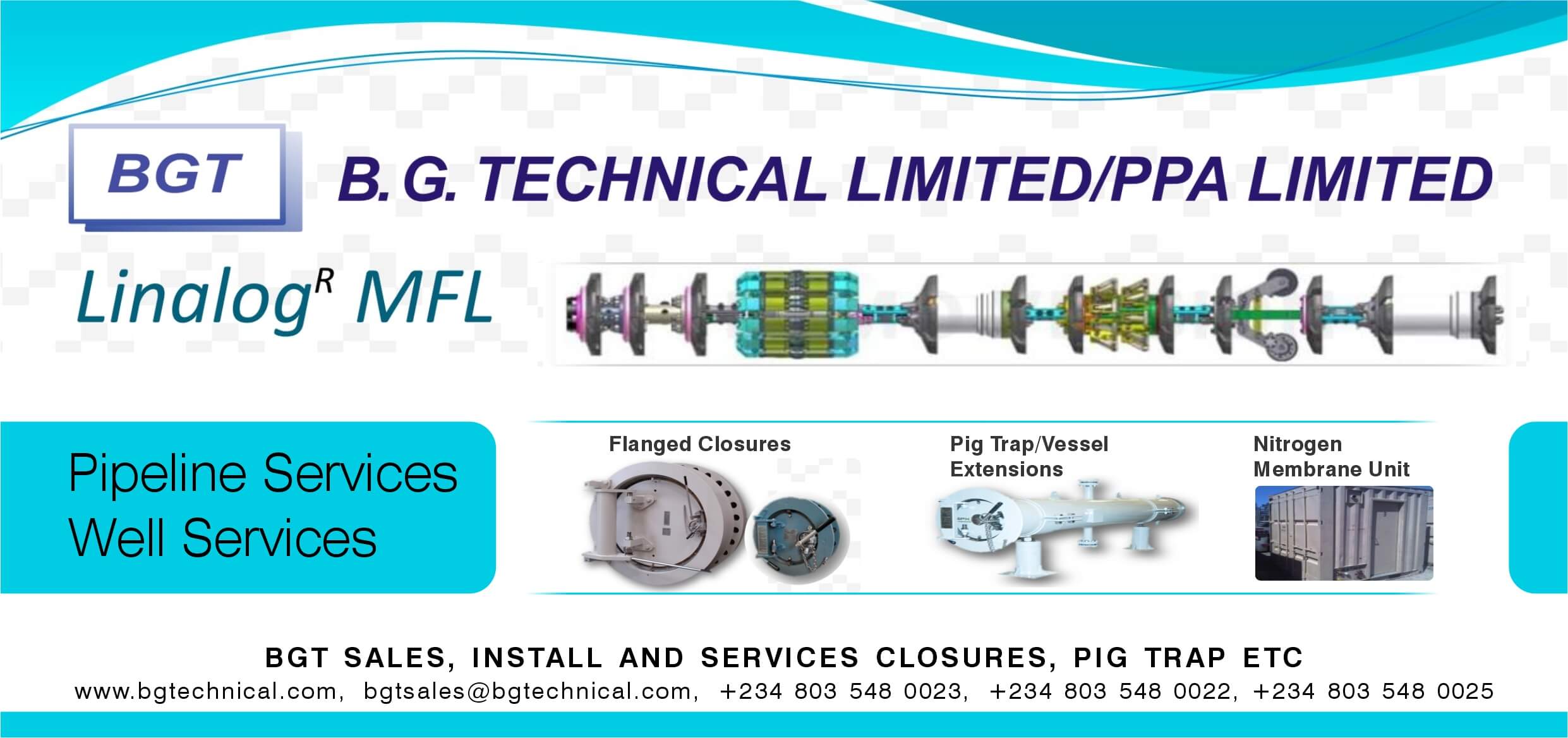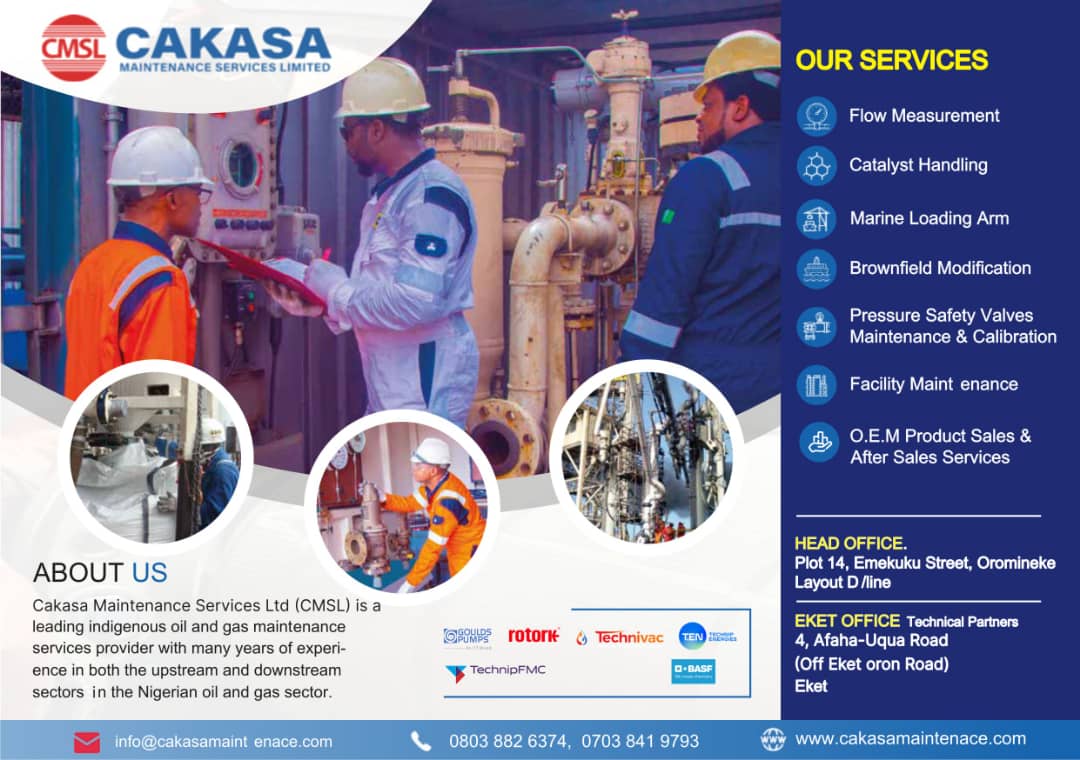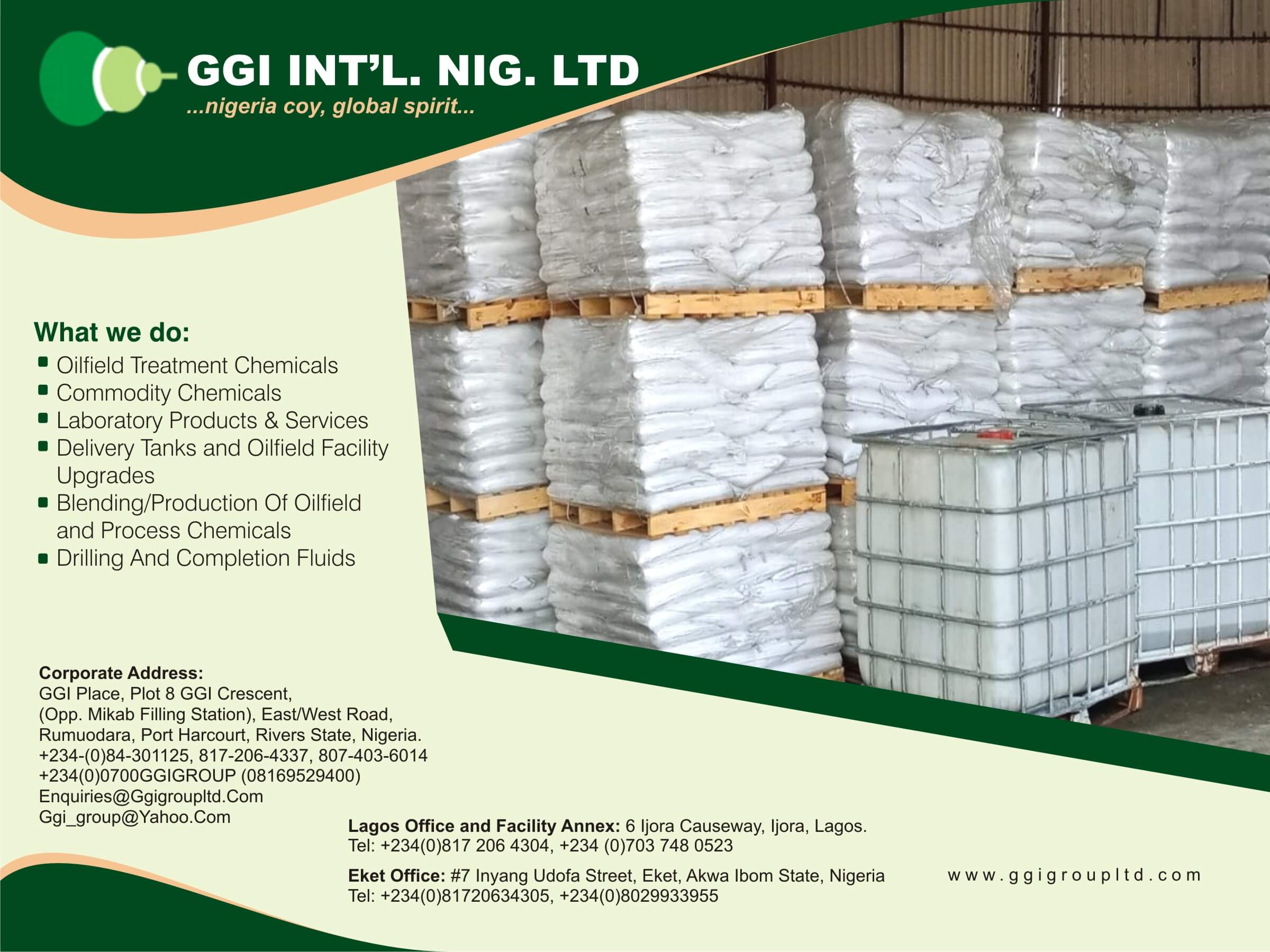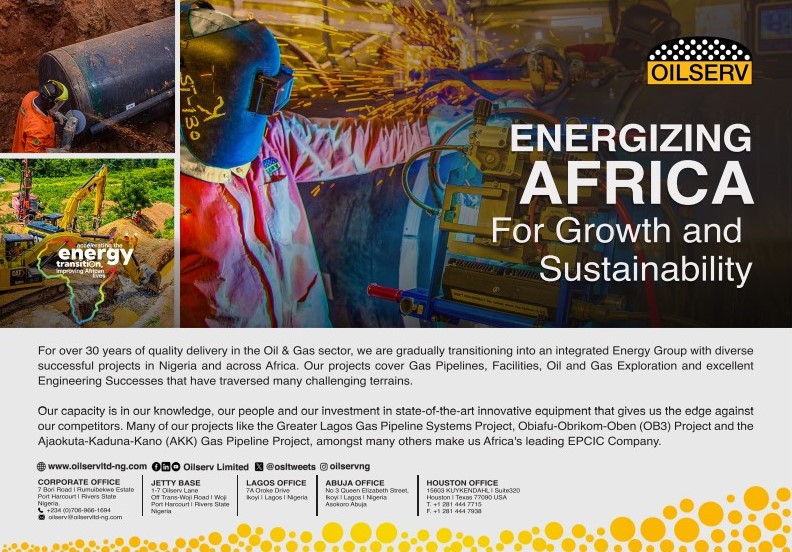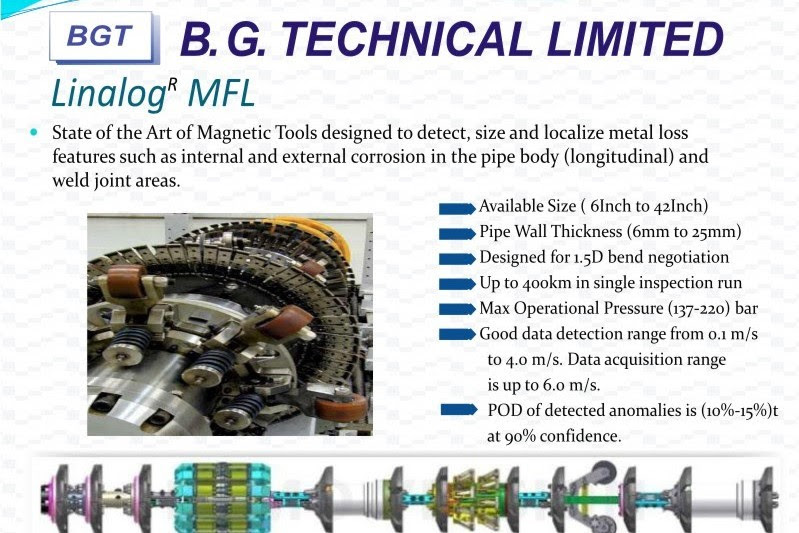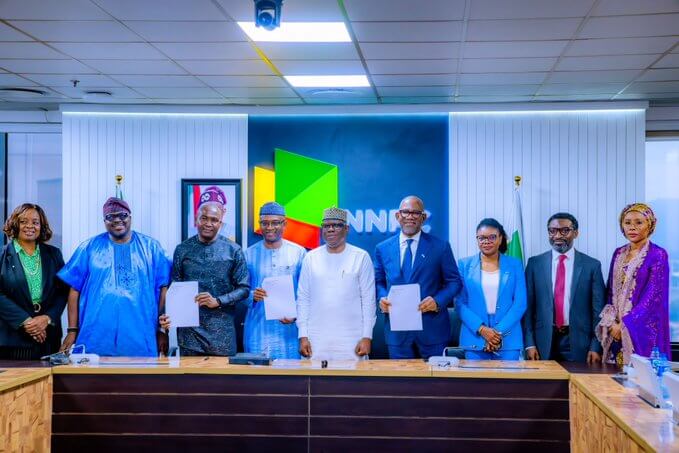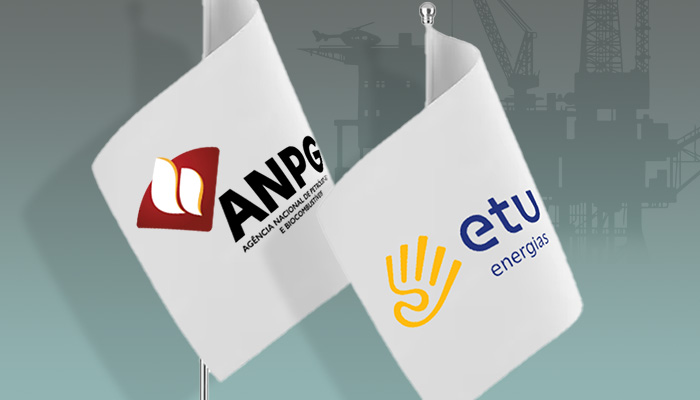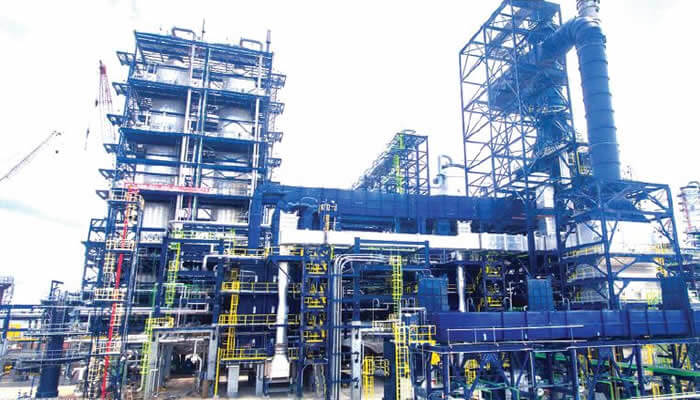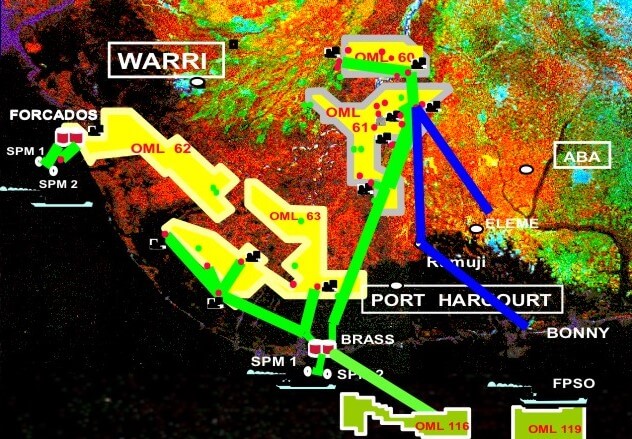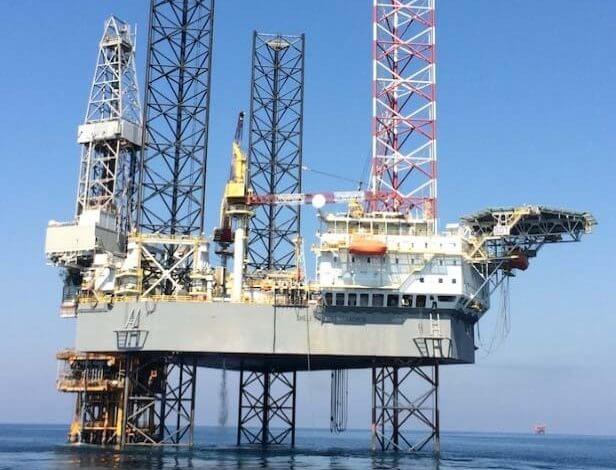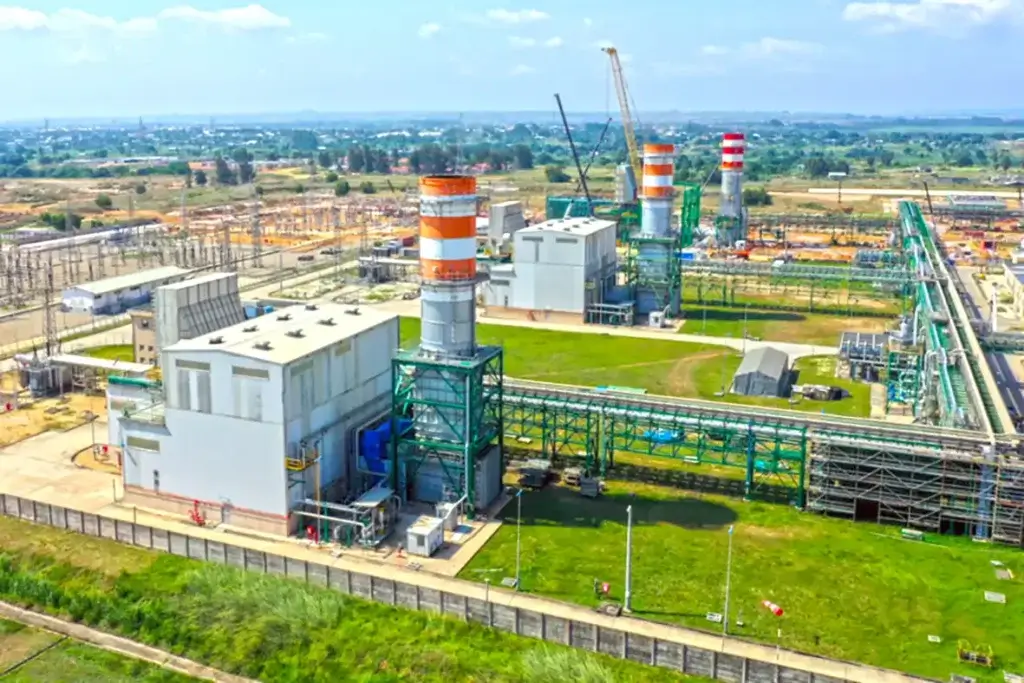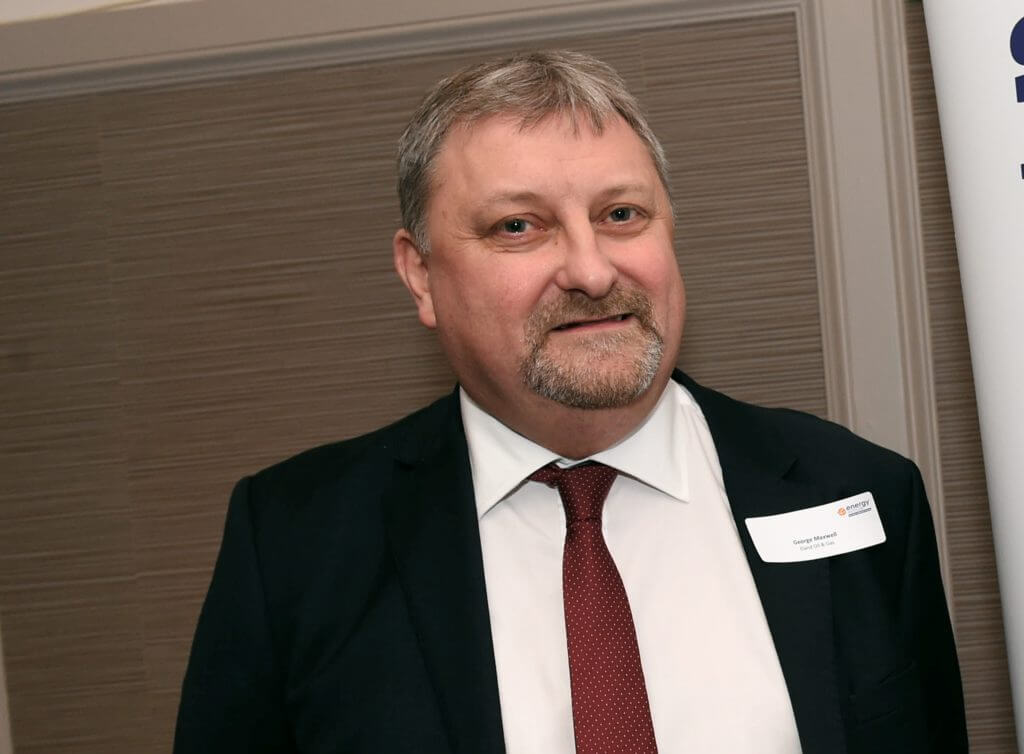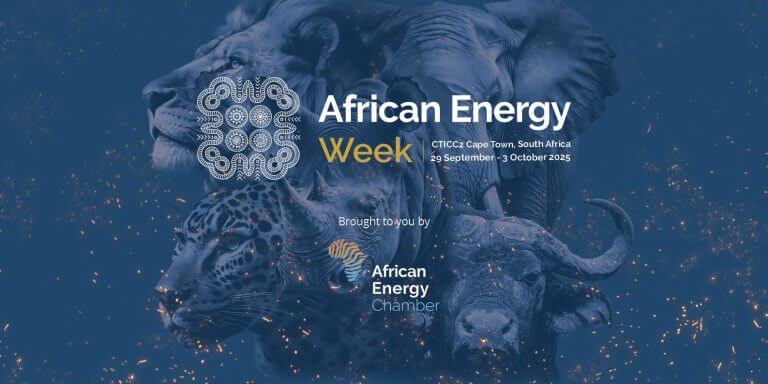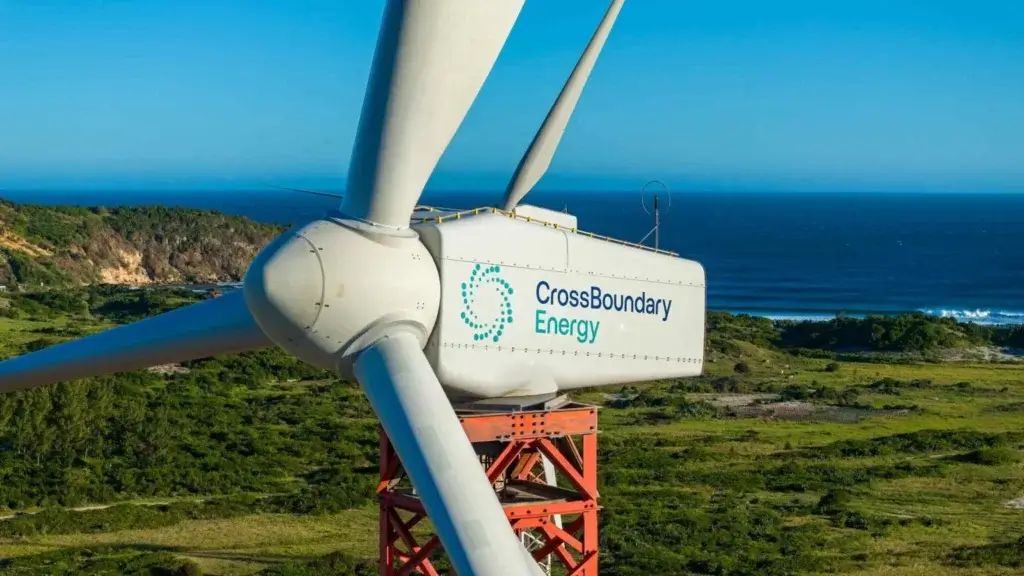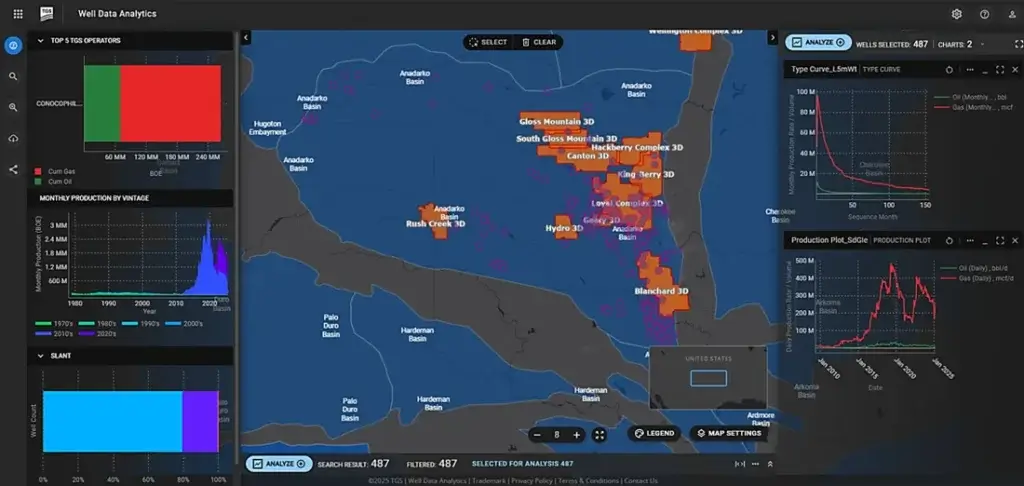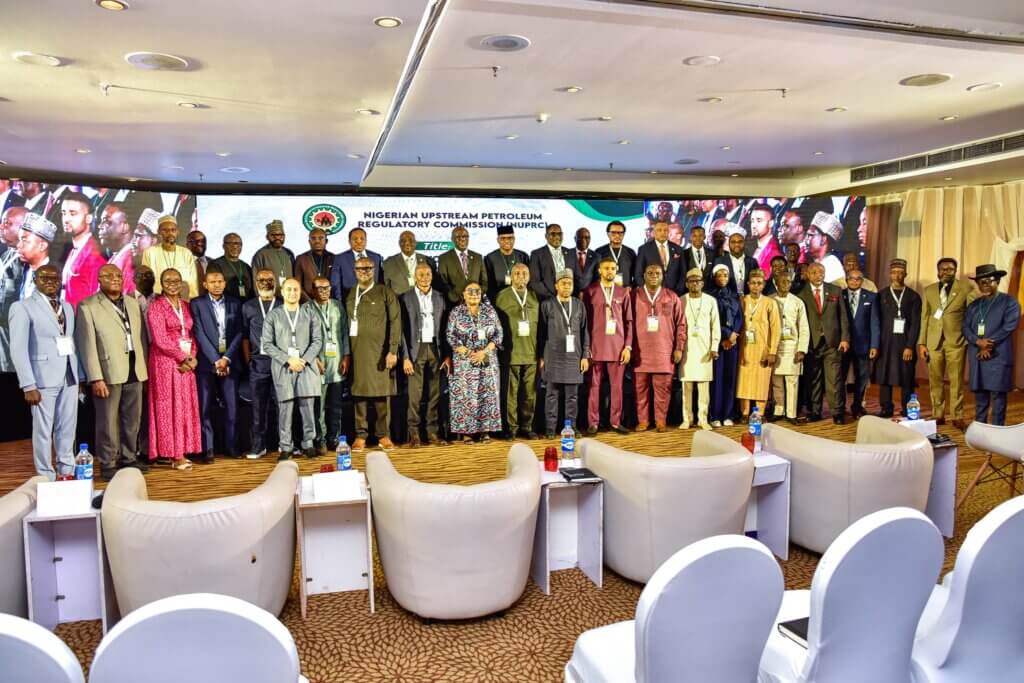
The Nigerian Upstream Petroleum Regulatory Commission (NUPRC) held a strategic workshop with key upstream industry players to advance the development of deep and shallow offshore fields towards towards valorising stranded and marginally economic offshore assets through cluster development mechanisms/arrangements.
In keeping with its mandate as a business enabler and an opportunity house, the NUPRC launched this initiative towards enhancing resilience and promoting vibrancy in the offshore environment for national growth and prosperity amidst global energy transition imperatives. This strategic initiative in line with the Commission’s Regulatory Action Plan for 2024 and the Near Term (2024 -2026), which implementation is underway.
The Commission Chief Executive of the Nigerian Upstream Petroleum Regulatory Commission, Engr. Gbenga Komolafe, noted that, bold, strategic actions to expand and sustain production must be taken in allignment with President Bola Ahmed Tinubu’s charge for industry vitality and sustained production growth.
Represented by the Executive Commissioner, Economic Regulations and Strategic Planning, Babajide Fasina, the NUPRC Chief highlighted that, deep and shallow water clusters present a critical opportunity to increase output and attract long-term investment, hence the need for collaboration to scale up exploration efforts, increase daily production volumes, and ensure the responsible development of the country’s hydrocarbon resources.
“At the peak of our deep water oil production in 2016, Nigeria was producing about 800,000bpd. Sadly, that figure has now dropped to below 500,000 bpd,” Fasina said.
The CCE explained that its data showed that there are over 5.13 billion barrels of oil and 13.53 trillion cubic feet (tcf) of gas still sitting untapped in the deep water acreages.
He said of this, 3.59 billion barrels fell under 2P reserves, meaning that they were proven and probable but yet undeveloped.
“A preliminary regulatory deep-dive through the Field Development Plans (FDPs) approvals indicates that current developments-in-view could unlock around 1.55 billion barrels of oil and condensate and another 1.49 tcf of associated gas. Once these approved FDPs are executed, we could see peak oil production rise by as much as 810,000 barrels of oil per day.
“A new Shallow and Deep Water Cluster Development Committee was inaugurated within the NUPRC to work closely with International Oil Companies (IOCs) and indigenous producers to identify and mature these opportunities. Through this collaborative approach, we want to maximise returns from existing assets, ramp up volumes, and reduce unit technical costs,” he added.
The Executive Commissioner for Development and Production Engr. Enorense Amadasu, while providing a comprehensive overview of Nigeria’s Upstream Oil and Gas sector, detailed NUPRC’s cluster development strategy aimed at optimizing offshore operations. According to him, the Commission’s cluster or nodal development model is designed to address key technical, operational and commercial bottlenecks and infrastructure limitations in offshore development .
In his words: ‘ Our gathering here is to co-create workable solutions and implementable outcomes that would drive offshore development for win-win value proposition’. He called on industry to collaborate with the Commission towards evolving the strategic framework to be championed by an industry-wide committee.
The cluster/ nodal development strategy will prioritize robust infrastructure and technical frameworks, economic and commercial sustainability, supportive regulatory and policy structures and advanced subsurface and deepwater exploration methods, hinged on technology adaptation.
Reaffirming their commitment to the initiative, top executives from leading Exploration and Production Companies lauded the Initiative and pledged to support its implementation to fully tap into Nigeria’s offshore potentials while advocating for accelerated development of Nigeria’s offshore oil & gas reserves in view evolving energy landscape.
The Executive Commissioner for Development and Production at NUPRC, Enorense Amadasu, said unlocking the production would rely on executing already-approved FDPs and adopting new cost-saving frameworks.
Amadasu, in a presentation, said execution of the approved development plans in deep offshore fields was expected to unlock an additional 810,000 bpd.
“This is not just theoretical. We already have projects like Bonga North that have taken Final Investment Decisions, and several more like the Owowo, Zaba Zaba, Eta, NAE, and others, are in view.
“We have identified over 20 key deep water assets such as Owowo, Nsiko, Bolia, Aparo, Bonga South West, Doro, Sheki, Akpo West, and others. While some may lack scale individually, they can become viable if developed together,” he said.









